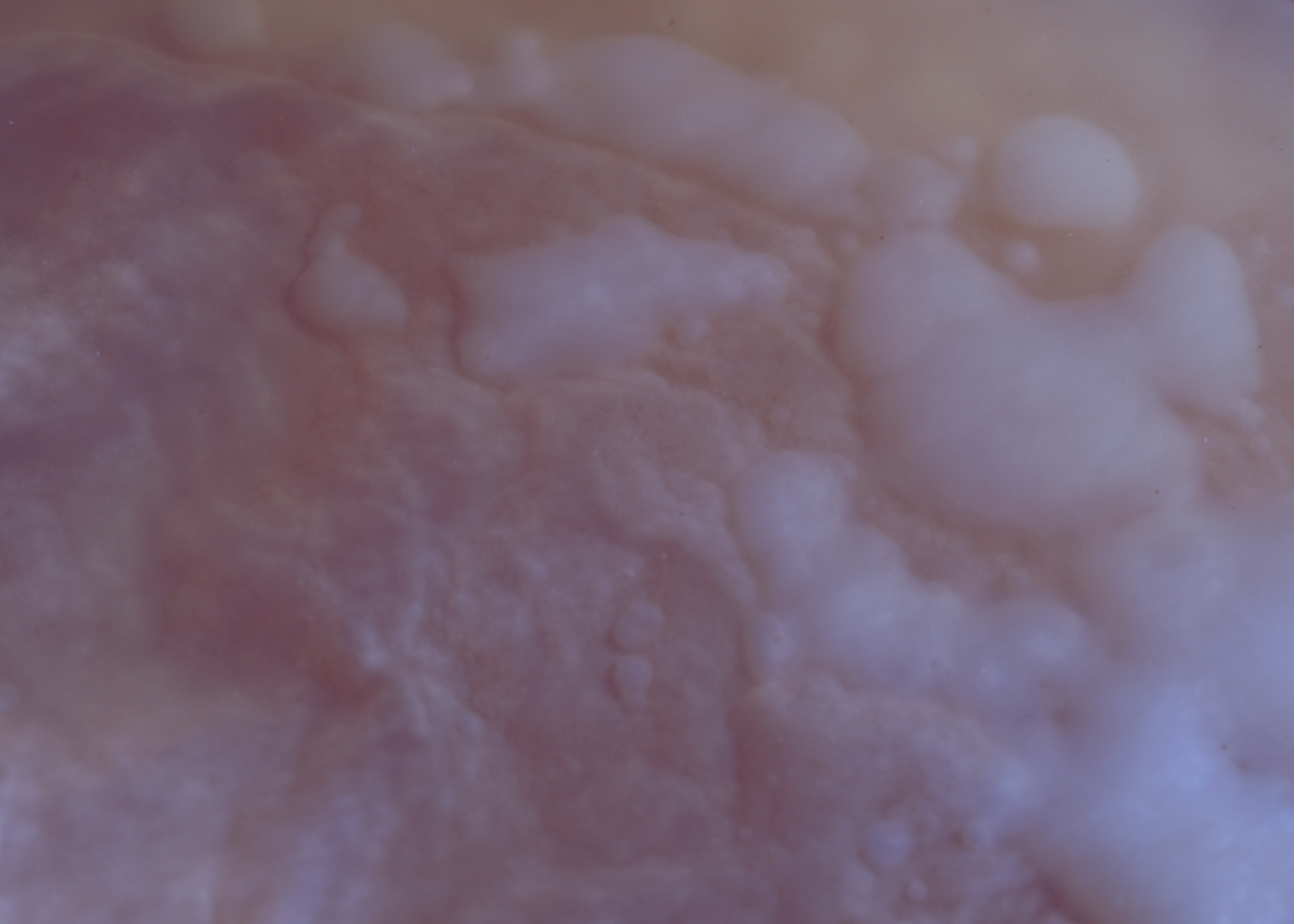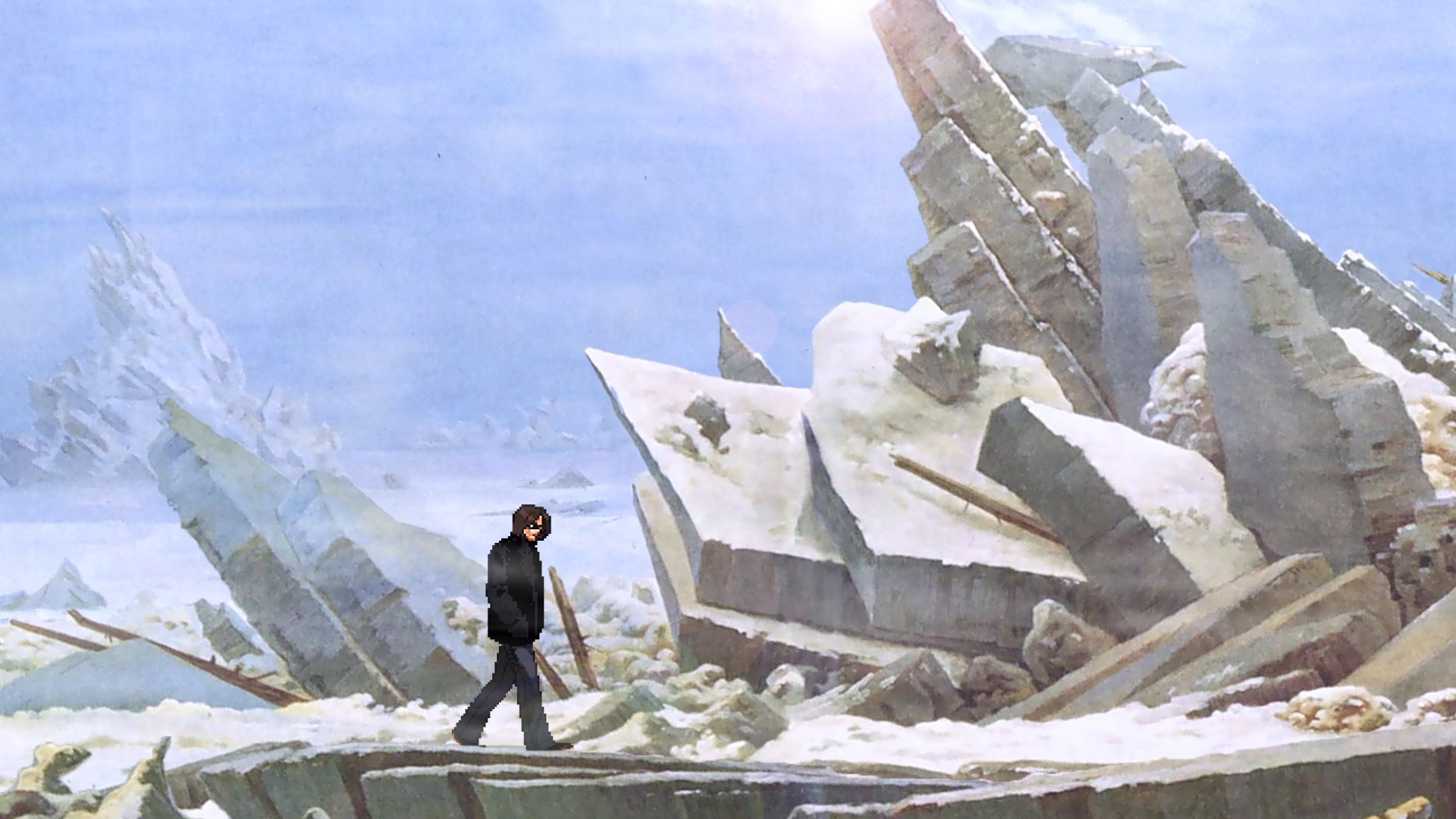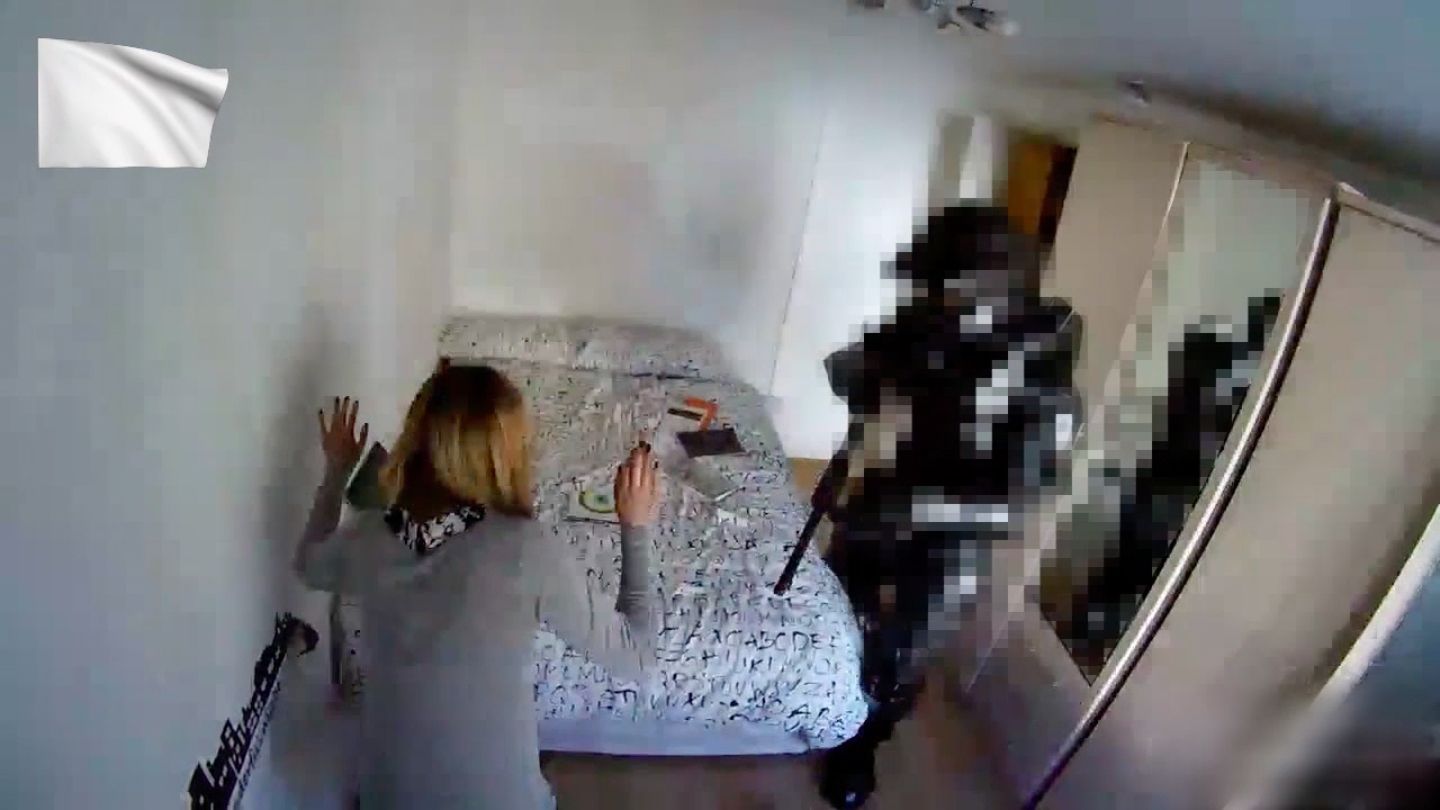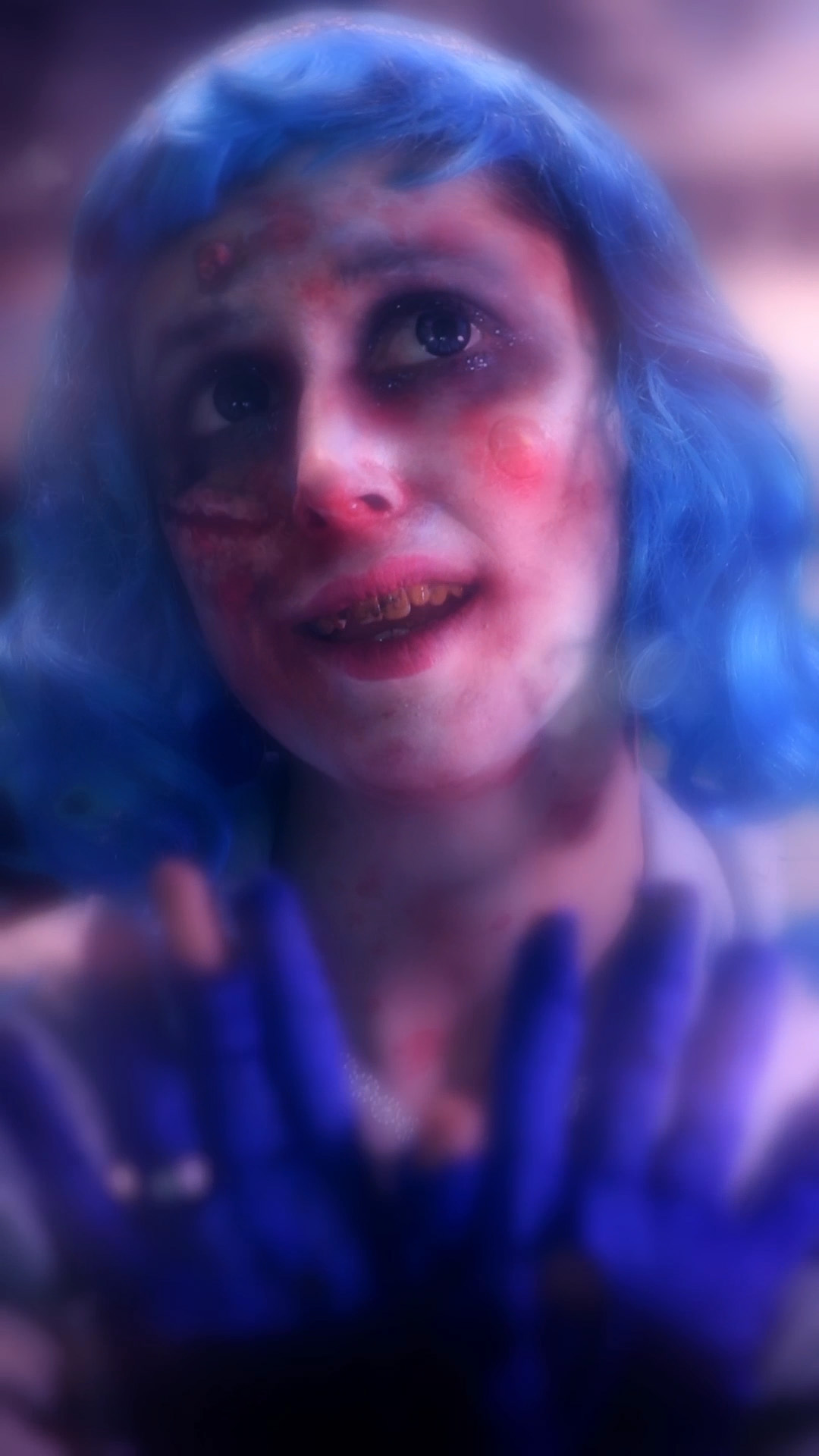
ARS17 festival, one of the year’s major art events in Finland, is themed around the digital revolution. With a bold title, Hello World!, the exhibition at the Kiasma Museum of Contemporary Art addresses this major change within our daily lives and the contemporary art world. Reflecting the theme, this is the first year that the exhibition spreads beyond the museum walls, in the form of ARS17+ website–a platform dedicated to exhibiting online art. The line up is not surprising and includes the main players in the digital art revolution such as Amalia Ulman, David Blandy, Ed Fornieles, Charles Richardson and Rachel Maclean.
Online art has been around since the 90’s but it has gained momentum in recent years alongside the lightening speed advance of new technology. Last year, US art platform Rhizome launched Net Art Anthology, the first large-scale effort to conserve some of the earlier works of online art and make them visible on new devices that often don’t support the original versions. ARS17+ is the Kiasma Museum’s first step towards exhibiting art online.
One of the two pieces commissioned for ARS17+ by London-based curator Attilia Fattori Franchini is Gut Machine Poetry by Finnish artist Jenna Sutela. The piece consists of a video, filmed in the artist’s studio, of a bacterial kombucha colony that responds to an algorithm that reacts to the movement of the bacteria. For the piece Sutela built a small laboratory in her studio, fed selected pieces of text to a computer and collaborated with Vincent de Belleval and Johanna Lundberg to devise an algorithm that would randomly generate a new language from fragments of the “root texts” as Sutela calls them.
Working with living organisms has been part of Sutela’s recent practice where she seeks to reveal the different interfaces of living things and technology–often through language. She sees the bacteria more as collaborators than as material and Gut Machine Poetry is an attempt to establish a connection with these other living things. “It (Gut Machine Poetry) felt like a nice starting point to search for some sort of common language that is not exactly like mine but it is not exactly theirs either,” she says.
Sutela is not the only contemporary artist who is interested in working with organic materials. Last year Philippe Parreno’s Anywhen at the Tate Modern had a bioreactor that controlled various moving parts of the installation.
The use of technology and scientific research have always been part of Sutela’s practice. One of the ideas that inspired Gut Machine Poetry was wetware, a term used to describe organic equivalents of software or hardware. To Sutela the word also suggested a combination of the biological with the technological, a computer with organic guts. “Where I get my kicks is learning something new or when I get to meet an interesting scientist and take a peek into some laboratory producing something weird futuristic materials,” she says. Sutela hopes that art and technology could come together to create meaningful discourse for both fields, negating the shortcomings of the other. The artist uses Gut Machine Poetry as a prime example. “I don’t know what kind of a lab would do things like that,” she says.
For other works on ARS17+, technology, machines, and the wondrous world of the internet aren’t merely the stage but the subject matter as well. There are several pieces that take a critical look at the persistent infusion of technology into our daily lives and the possible consequences. These artists have sought to reveal another side to a way of life that claims make us more connected, more equal, and safer.
In Amalia Ulman’s video series White Flag Emoji, a pixelated and heavily armed SWAT officer bursts into a room and forces the occupant on the floor accompanied by cartoonish cheers and whistles. All the while a white flag emoji flaps in a corner, evoking thoughts of surrender. The short videos have been filmed from an angle that resembles that of a surveillance camera and while the home is physically intruded by the SWAT team the cheering and clapping evoke another level of digital intrusion.
A second work on the platform that has been commissioned by Attilia Fattori Franchini is by Angelo Plessas, titled Homo Cybersphericus. The work consists of two websites, one of which is always inaccessible to the audience. Plessas wants to mimic the unequal access to truthful information all over the world. Attention is drawn to the nature of online information as one site is build around peace, the other around conflict. The spectator’s location and the time of day will define which site they’ll be able to access.
Another interesting theme among the works on ARS17+ is the representation of the self in digital space. There are several pieces on the platform that take a look at our dual existence in ‘physical’ and ‘online’ reality and what that means for our identities. There are two pieces, by David Blandy and Ed Fornieles, which are each based on an online alter ego that ventures into the digital world. While Blandy’s moody alter ego wonders through paintings as though in a 2D platform video game, Fornieles’s cartoon fox is lost, swimming or falling.
The audio-visual spectrum of the digital world is pushed to the max in Rachel Maclean’s pop sugary coloured video series Let it Go. Appropriating the audio from YouTube performances of the hit Disney song of the same name, Maclean creates harrowing clips that seem to hang between two identities; the one we see or portray online and our physical realities. The use of Disney and the childish faces of Maclean’s characters aim the critique the ruthless nature of marketing for children.
Although there are many interesting and engaging pieces in ARS17+, it is easy to get lost among the sixteen very different artists. As Sutela herself has said, the various works on the platform shouldn’t necessarily be expected to form a coherent whole. As the combined body of work which surrounds the development of the digital expands, it does call into question the relevance of grouping works together on the basis of such a broad common denominator.
kiasma.fi. All images courtesy the artists and ARS17.



Jenna Sutela, Gut-Machine Poetry, 2017






